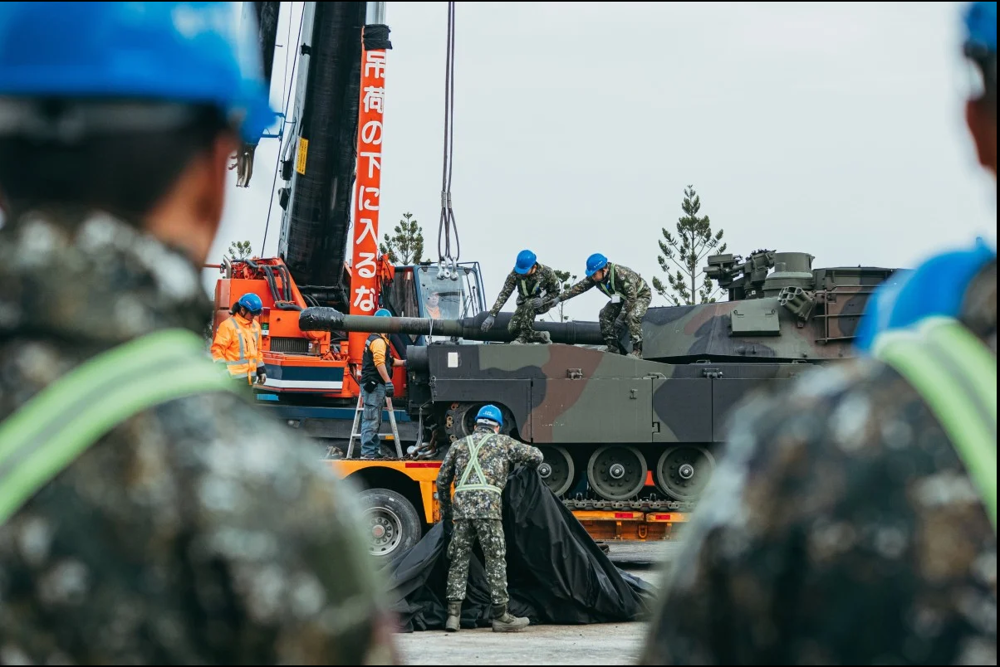Typhoon Nida hits China after shutting down Hong Kong
A powerful typhoon has swept through Hong Kong with powerful winds and torrential rain, bringing the financial hub to a standstill and canceling hundreds of flights there.
Typhoon Nida, the first major typhoon to hit Hong Kong this year, created winds of up to 145 kilometers per hour in the city on Tuesday morning before moving onto mainland China, according to the Hong Kong Observatory.
The typhoon canceled more than 150 flights from Hong Kong’s airport. Hundreds of passengers were stranded at the airport as authorities said none of the flights would be operating before afternoon at the earliest.
The powerful storm also forced the suspension of buses, trains and ferries. The only running transportation system in the city was the subway, which was offering a limited service.

The observatory issued this year’s first No. 8 warning signal, the third-most severe, on Monday evening, but it has now downgraded it to a No. 3 strong wind signal.
It said that Nida had “weakened into a severe tropical storm and is moving gradually to the inland areas of Guangdong.”
Hong Kong, however, warned people to remain vigilant for possible river flooding in lower areas.
The typhoon made landfall in China later on Tuesday, causing traffic disruptions and flight cancellations in the region near Pearl River.
The China Meteorological Administration (CMA) had issued a typhoon red alert, the highest level of warning, on Monday.

“The typhoon will land in Guangxi Province at dusk today and it will weaken and be categorized of tropical low pressure at night,” the CMA said.
The administration called on people in affected areas to stockpile up to three days worth of food.
It also issued a red alert for ocean waves and storm tides, warning that waves of up to 11 meters high could be expected off the coast of Guangdong Province.
There were no immediate reports of deaths or destruction.
Every monsoon season, heavy rains hit southern China. In July, Typhoon Nepartak swept through the Asian country and killed dozens of people in Fujian Province. It also forced hundreds of thousands of people from their homes.
Qassam Brigades claims killing 3 Israeli troops in northern Gaza
More alive than ever: Sayyed Hassan Nasrallah's legacy grows stronger in martyrdom
Occupation of Syria’s highest peak Mount Hermon part of ‘Greater Israel’ project
Iran: Syrian people will decide their future without foreign interference
IRGC says Iran’s power exceeds borders, warns enemies to adjust themselves
Dozens detained, several wounded in Israeli raids in West Bank
‘Ethnic cleansing’: Hamas blasts Israeli attacks on Gaza hospital amid intl. silence
Saudi delegation meets HTS leader at presidential palace in Damascus











 This makes it easy to access the Press TV website
This makes it easy to access the Press TV website